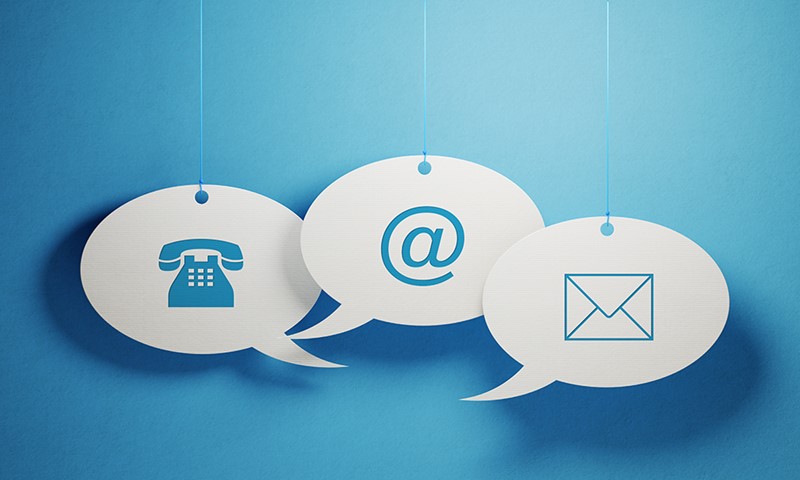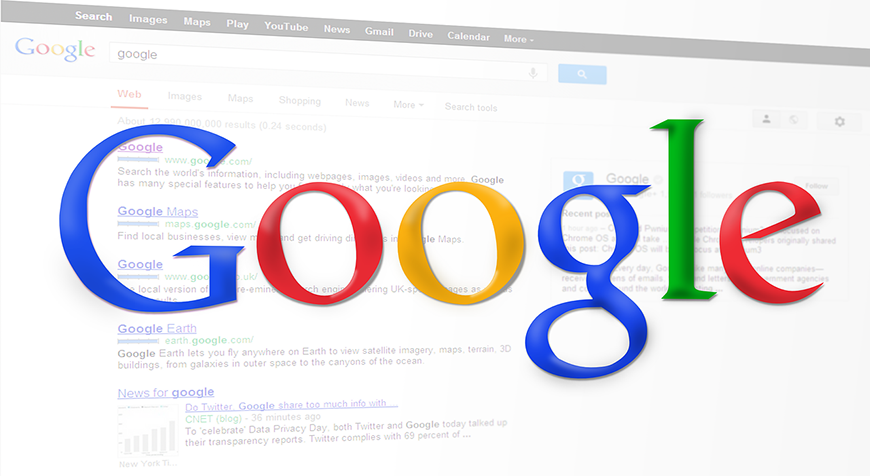When putting together a website your Contact Us page probably seems like a pretty simple undertaking, but as one of the most visited pages on most websites, it is vital to ensure it will meet your customer’s needs.
Your Contact Us page is arguably the most important page on your website, and one where a sale can be won or lost – a customer presented with limited options, complex forms, and no clear call to action may just click on by.
So how do you go about crafting an effective Contact Us page?
1. Make it easy to find
Firstly, the customer actually needs to find your Contact Us page – so your first step is to ensure the button or link to your contact details is prominent on the home page and in navigational menus throughout your site.
Consider tinting the ‘Contact Us’ button in a bright or contrasting colour or use a bold icon so that it stands out from the rest of the content on a page; and place it in a visible position – such as the top right hand corner – so customers don’t need to scroll down or hunt around for it.
It is also useful to include an additional link in the footer of each web page for customers who may have read through the whole contents of a page and are now ready to take action.
If you have a preferred way you like to be contacted, such as a dedicated phone line or instant messaging platform, look at building that particular contact detail into the header design of your website so that it is visible to customers at all times.
2. Remind customers why they should contact you
You might think the job is done once the customer has landed on the Contact Us page, however, there is still an opportunity to give them an added push to get in touch.
Include a paragraph of copy reiterating how you can help the customer; or what service or product you can provide when they get in touch and use similar language for any call to action.
For example, if you have a product range available for purchase on your website but also make custom products, consider copy such as “Give us call to discuss creating your bespoke piece.”
If you provide a particular set of services but are open to working with customers on collaborative projects then ask “Can’t find what you are looking for? Email one of our team about your unique requirements.”
3. Provide customers with contact options
People enjoy communicating in different ways so where possible, give your customers some options when it comes to how they wish to engage with you.
Some customers will want to make immediate contact via instant message or a phone call, whereas others might want to take some extra time to write a detailed enquiry down in an email.
If you have a physical location or branches that are open to the public, ensure addresses are listed, along with details of, or links to, maps or additional directions.
Contact options and other useful contact information could include:
- Address of physical premises
- Opening hours or hours of business
- A main phone number, and numbers for any direct lines i.e. Accounts, Sales, General Enquiries
- Email address
- Instant message functionality
- Contact forms
4. Ensure forms are user-friendly
If you choose to use embedded contact forms, make sure these are easy to use and where possible, only ask for essential details such as name, email address and message.
Mandatory fields work well to ensure you capture enough information to be able to contact the customer and answer their query, but you also need to be wary about asking for too much information and turning the customer off.
Error messages are helpful to ensure mandatory information is filled out, or contact details entered correctly, but make sure these are clear and give the customer directions around how to fix any errors.
Highlight boxes that are missing information and provide the customer with direction about what is required, for example, “Please complete this mandatory field” or “Whoops! It looks like some information is missing.”
Where invalid information has been entered into a field, be clear about why it is invalid. Instead of stating “Invalid email” say “Please enter your email address in the format: name@example.com”
5. Utilise your branding and be personable
Although contact information can be somewhat dry, make sure you use colours, imagery and language consistent with the rest of your branding so the customer remembers why they wanted to contact you in the first place.
Avoid overly corporate language or jargon that can make your customer feel like just another number in the queue, and where possible use warm and encouraging language such as “Let’s chat” or “How can we help you?”
6. Say thanks, set realistic expectations and keep customers on your site
Make sure to acknowledge enquiries when they are received, thank customers for making contact, and also set expectations around when they can expect to hear back from you.
For forms, instant message and email, you can use automated pop-ups or reply functionality to provide this information; and for phone lines, ensure you have an after-hours message advising customers of when the line is staffed.
Make sure any reply timeframes provided to customers are as quick as possible, yet realistic and achievable from your end.
Where possible, if a customer has used a ‘slower’ method of communication such as email, provide a phone number that the customer can use should they decide to speed up the process.
Lastly, prompt the customer to go back and engage with the rest of your website by including links back to your shop or list of services; or other interesting content like blog posts.
7. Drive newsletter sign ups and increase your social media audience
Although the ultimate goal is getting a customer to make direct contact, Contact Us pages are also a great way to capture newsletter or email subscribers and drive traffic to your social media channels.
Include a link to subscribe to your newsletter or a subscription tick box next to the email field on your contact forms.
Include social media icons in the footer of your Contact Us page and give customers a gentle nudge to follow you by using clever acknowledgement messaging – “Thank you for enquiry – we will be in touch soon. Make sure to follow us on Facebook for new product announcements!”
Conclusion
Your Contact Us page is your biggest opportunity to generate leads for your business and foster great customer communication.
Design yours so that it attracts attention and is easy to find; reminds the customer why they should reach out to you; and provides them with different contact options and easy to use forms.
Be true to the brand and personable; and remember to set clear expectations about what will happen next, and when.
Lastly, look for opportunities to drive email sign ups; social media follows; and creative ways to draw the customer back into your website.
Want more from your website?
Get practical, easy to implement guidance and tips to accelerate your online performance with a personalised one on one phone consultation







 The Risks of Having An Out of Date Website
The Risks of Having An Out of Date Website
 How to Use Marketing Buyer Personas to Improve the Effectiveness of Your Website
How to Use Marketing Buyer Personas to Improve the Effectiveness of Your Website
 How Marketing Has Changed in 2021
How Marketing Has Changed in 2021